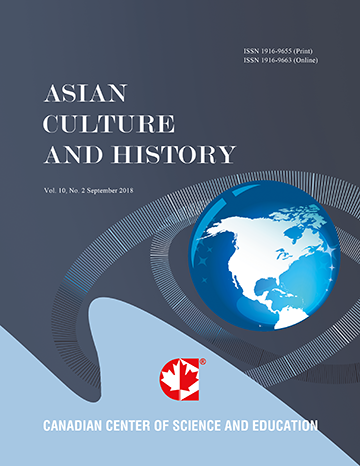Hierarchy and Relationship of Hamlets: The Case of Baduy Tribe, Indonesia
- Fairuz Alfira
- Yasufumi Uekita
Abstract
Baduy Tribe in Kanekes Village, Banten Province, Indonesia, is one of the ethnic communities that still actively follow the customary law. Baduy Tribe consists of two groups, namely Inner Baduy and Outer Baduy, with Inner Baduy people often said to be the more earnest practitioner. Their customary law is called pikukuh, which is the set of rules and guidelines derived from the animism belief of Sunda Wiwitan. In general, the core of pikukuh is to control the relationship between human and nature through strictly forbidding the Baduy to change the environment. The pikukuh is also used as the base of hierarchy between each zone within the village. It shows that there are three zones exist in Kanekes Village, which influence the hierarchy between the Inner Baduy and Outer Baduy hamlets. However, the two groups of hamlets are not separate entities. The relationship between Inner and Outer Baduy hamlets is connected through marriage, making the community sustained for a hundred years. Therefore, to preserve the vernacular architecture of Baduy Tribe, it is also necessary to understand the system within the community.
- Full Text:
 PDF
PDF
- DOI:10.5539/ach.v15n1p91
Journal Metrics
Google-based Impact Factor (2017): 5.42
h-index (January 2018): 11
i10-index (January 2018): 21
h5-index (January 2018): 6
h5-median (January 2018): 9
Index
- Academic Journals Database
- CNKI Scholar
- COPAC
- EconPapers
- Elektronische Zeitschriftenbibliothek (EZB)
- Excellence in Research for Australia (ERA)
- Genamics JournalSeek
- Google Scholar
- Infotrieve
- LOCKSS
- MIAR
- NewJour
- Open J-Gate
- PKP Open Archives Harvester
- Publons
- RePEc
- Scilit
- SHERPA/RoMEO
- Standard Periodical Directory
- Technische Informationsbibliothek (TIB)
- The Keepers Registry
- Universe Digital Library
- WorldCat
Contact
- Ivan YongEditorial Assistant
- ach@ccsenet.org
